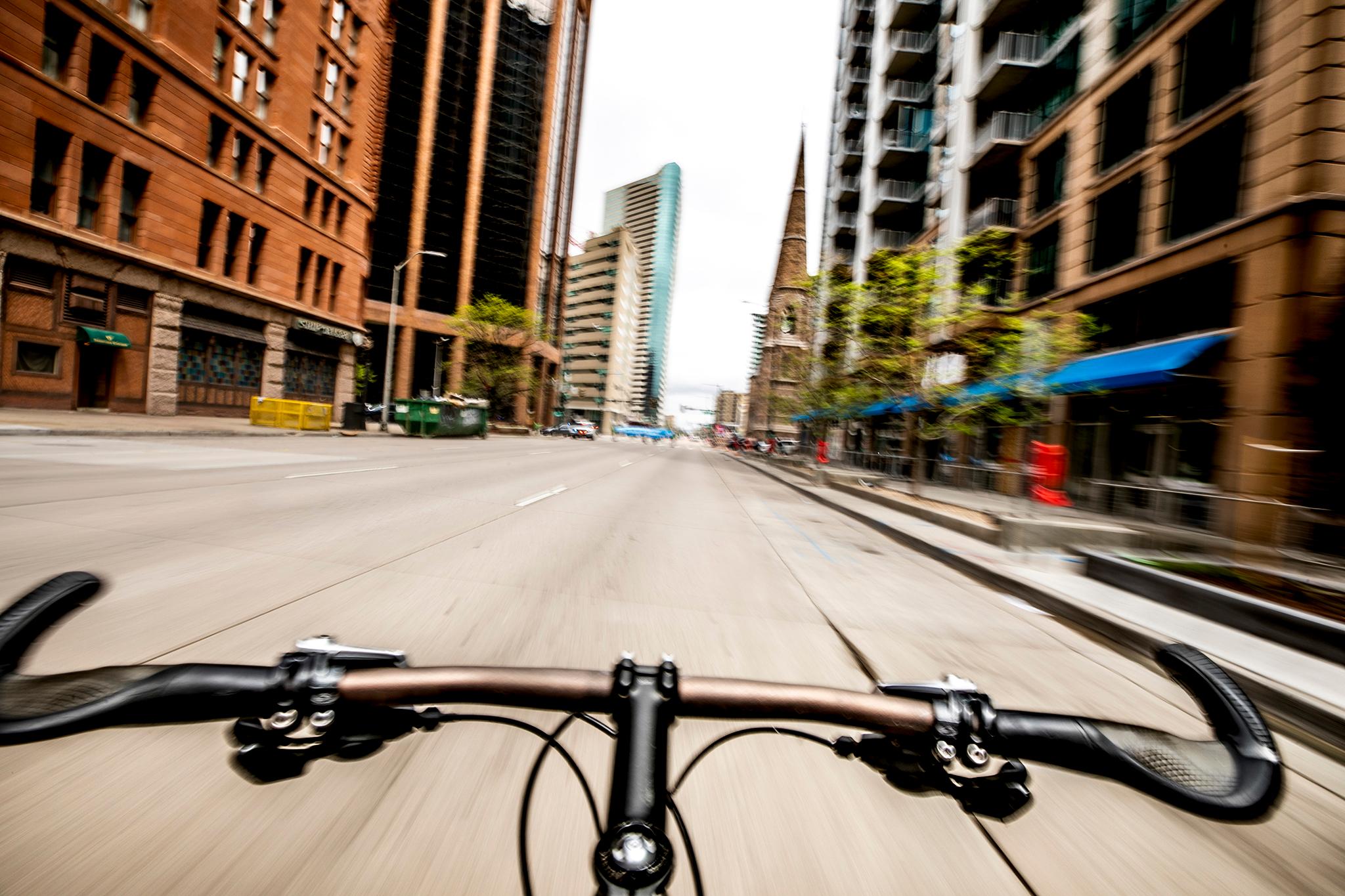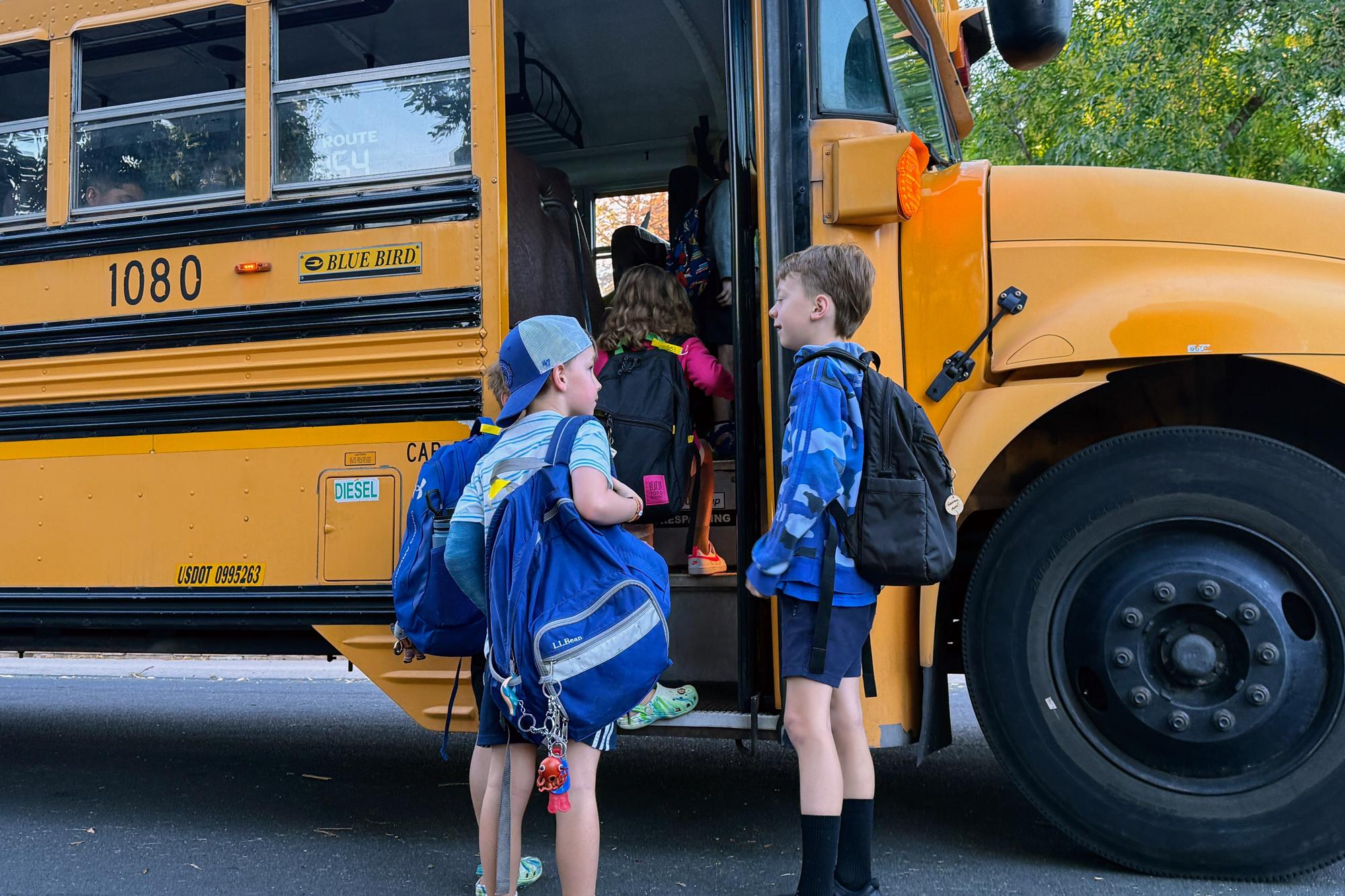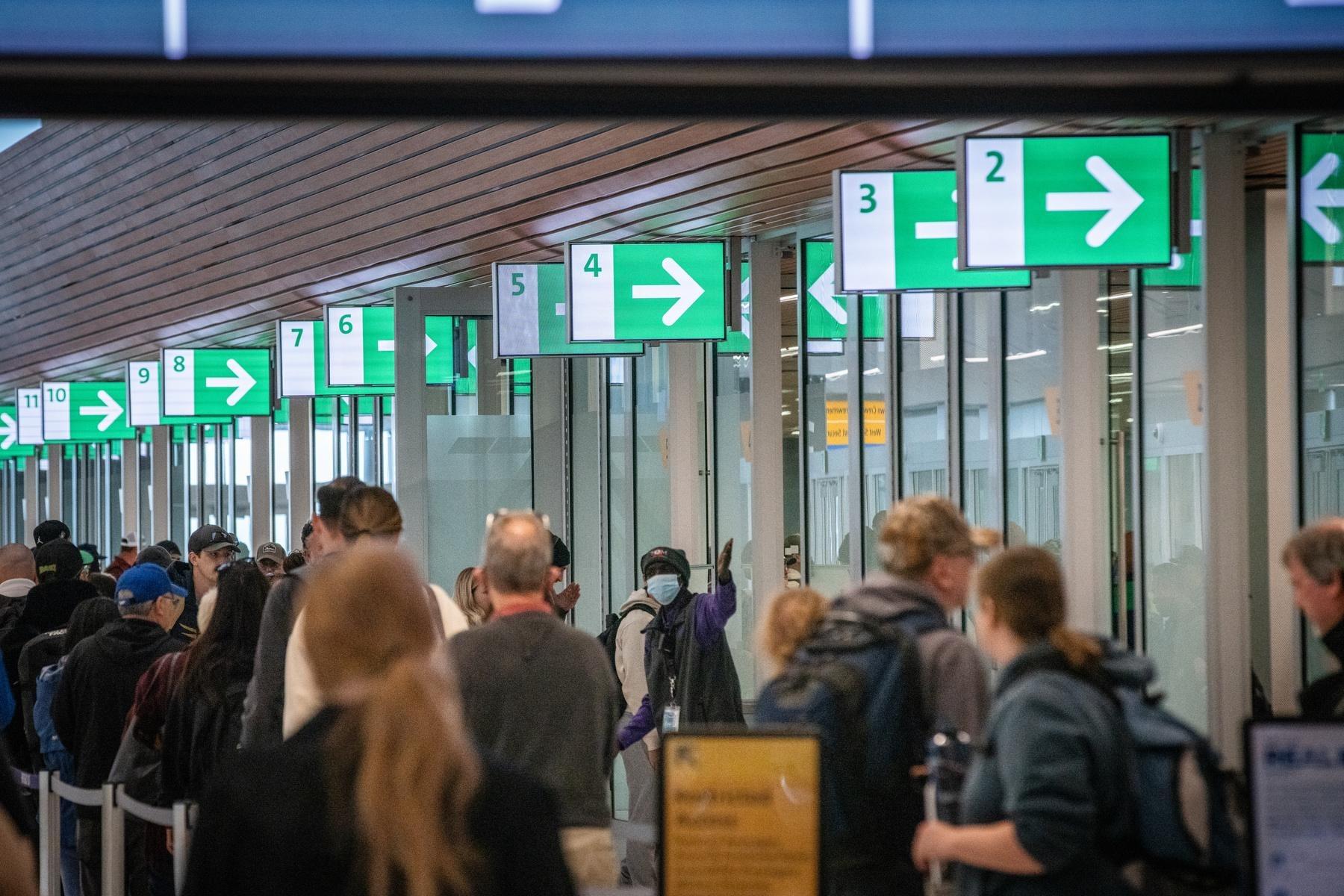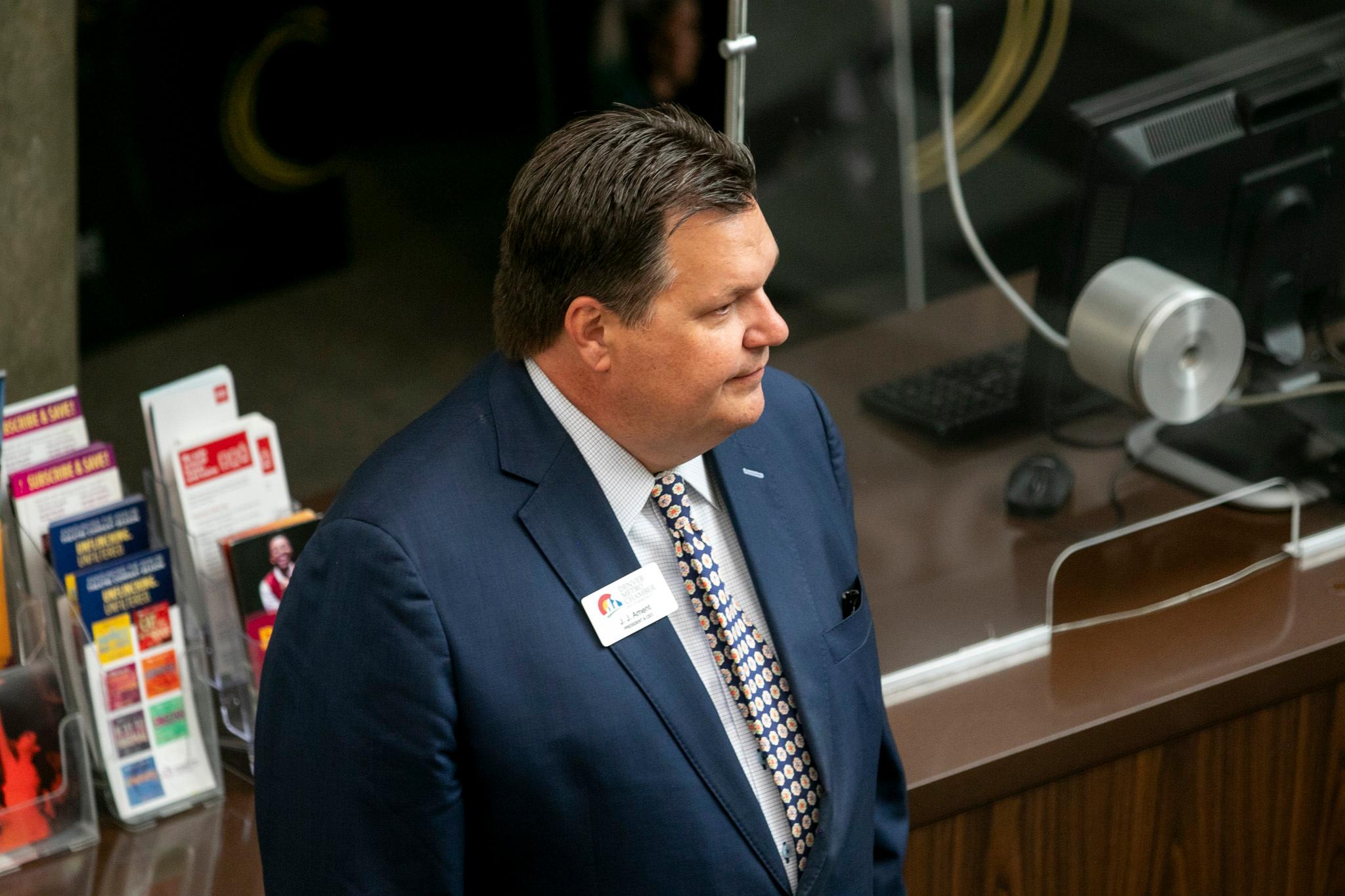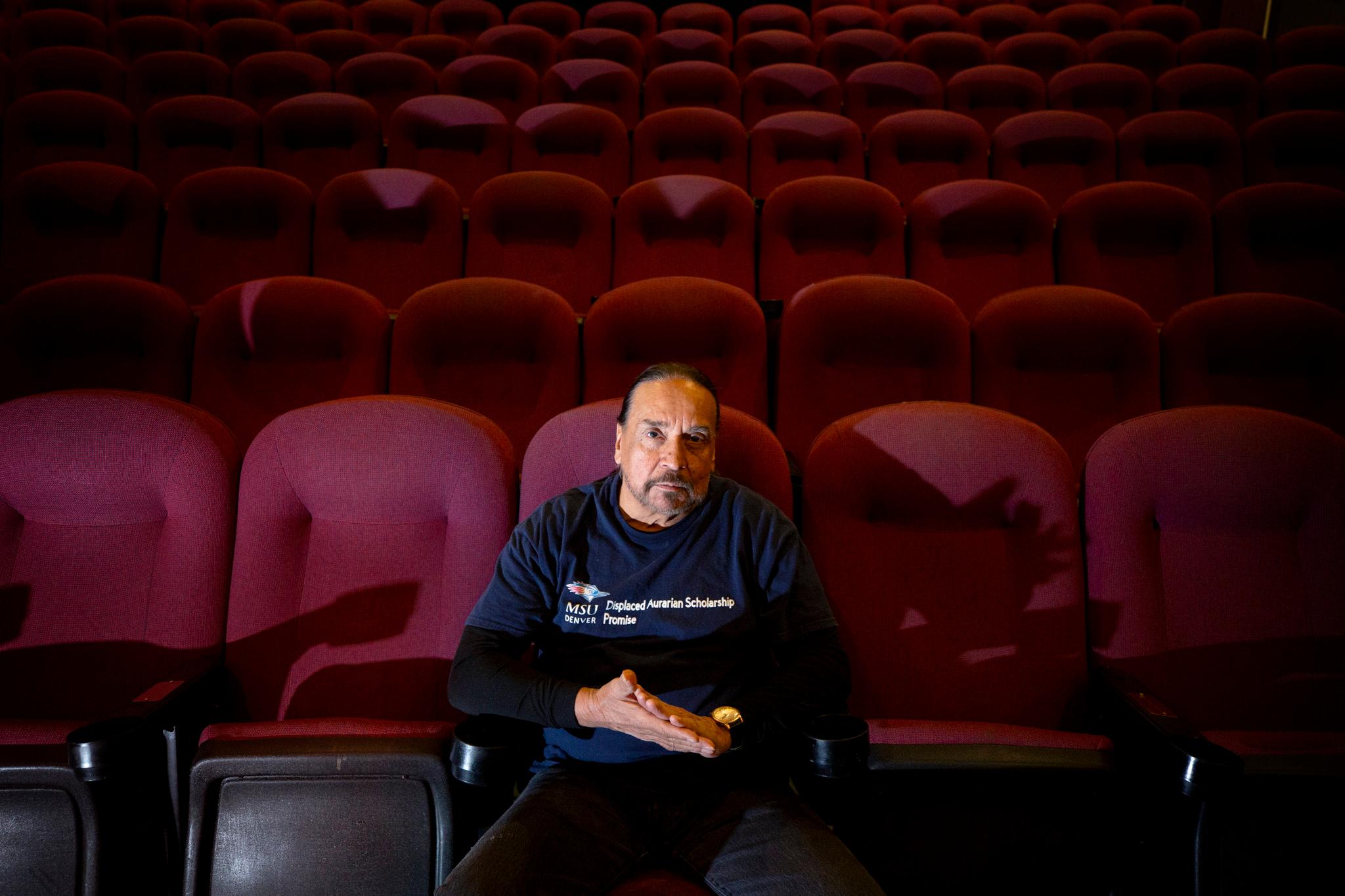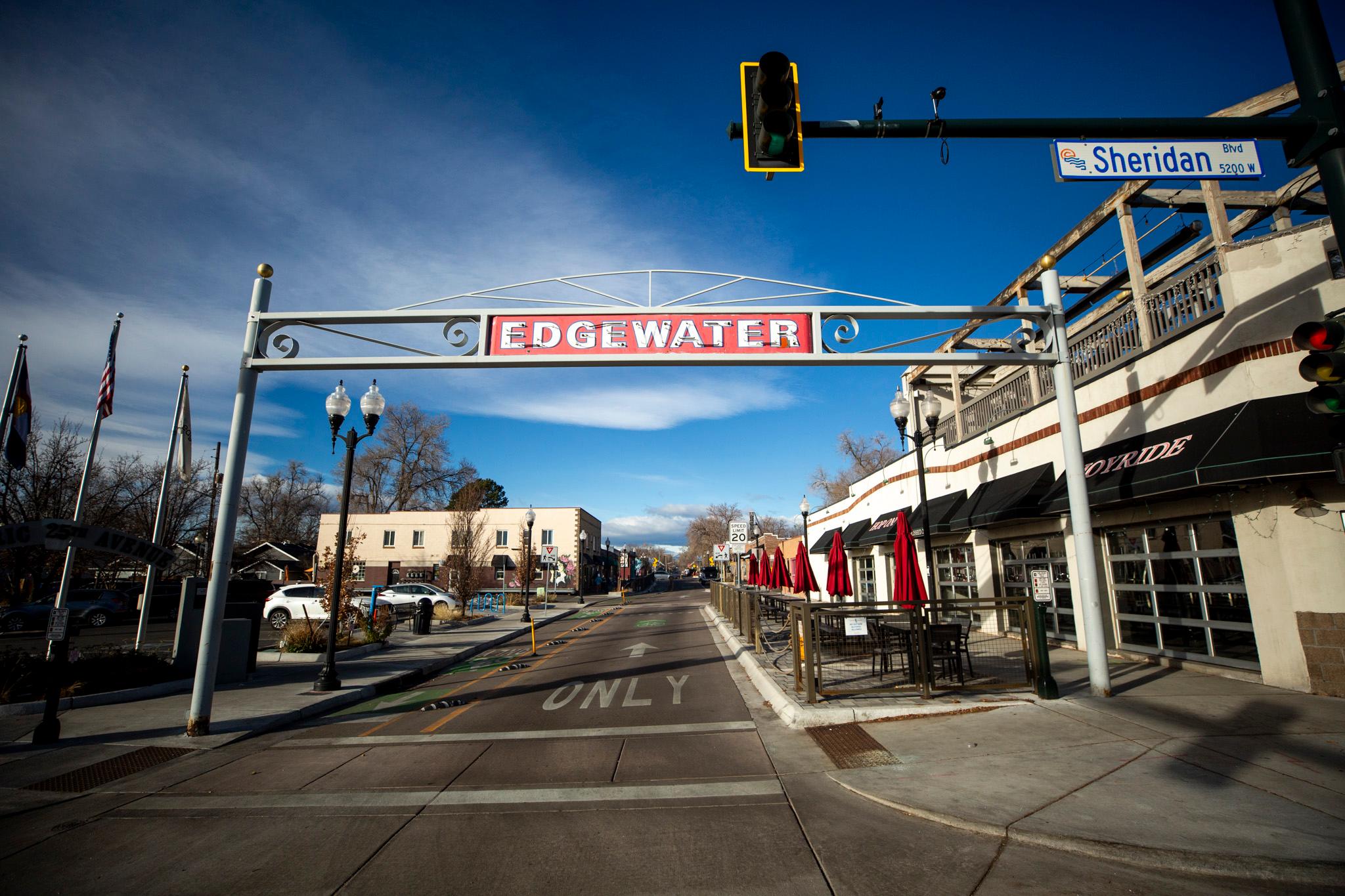Last year, the city of Denver tried a new way to get people on bikes: pay them. The city spent $442,000 on experimental bike incentives, trying several different models to lure people onto two wheels.
Now, the first results are in. Community groups found that people biked more — and kept biking instead of driving after the program was over.
“The bottom line is, yes, financial incentives can help people switch their daily habits, from driving for a standard trip to biking,” said Jill Locantore, the head of the Denver Streets Partnership.
Denverite caught up with several of the participants in the program to learn more about what it’s like to get paid to pedal.
First, here’s how the experiment worked:
The city contracted with several different community groups, allowing each to design its own rewards program. The program was funded through the Climate Protection Fund sales tax voters approved in 2020.
The Denver Streets Partnership was the first to publish the results from 101 participants. In all, 1,400 applied.
The group offered three types of incentives over a three-month period. One group was paid $1 per mile, up to 200 miles, tracked on an app.
Another was provided subsidies to buy a bike or bike accessories, plus training and coaching. A third group received both $1 per mile and training.
DSP was the first organization to publish results.
Of the three groups, those paid $1 per mile ended up biking the most number of miles. Those who received both training and $1 per mile experienced the most long-term changes in commuting behavior. The program ran from April through June.
The city will be reviewing the report and others from the Montbello Organizing Committee and the West Corridor Transportation Management Association in the coming weeks.
The ex-breakdancer
Julian Molina, who had been diagnosed with cancer, wanted to get fit. He found the Denver Streets Partnership’s program on Craigslist. He was looking for more income and a way to exercise more.
He had biked a lot as a kid, but hadn’t biked much for transportation as an adult.
During the program, in which he was paid to bike and given training in safe riding, “I was biking every day,” he said.
And that hasn’t stopped.
After participating in the program, he said he’s purchased multiple bikes, convinced his friends to bike commute and is even planning to intern at a bike shop over the summer.
While he acknowledges Denver could do more to create safe bike infrastructure, he said he feels safe on the city’s streets.
“I know a lot of bikers are afraid to be around busy traffic,” he said. “For me, it's fine. I'm an ex-breakdancer. I don't really mind crowds.”
Fresh out of surgery
Tramayne Lloyd, who lives in Glendale, was recovering from a foot surgery when he learned about the program. He was looking to be helpful to the community, earn some extra cash and improve his health, too. Participating in the program gave him the chance to hit all those goals.
Being paid to ride his bike helped him with his recovery, and it also opened his eyes to how careless drivers endangered cyclists and pedestrians. Being paid motivated him to keep writing.
“Most people don't have a sense of traffic and traffic regulations,” he said.
On streets without bike lanes, people would swerve around him and drive erratically.
“There's people that actually commute on a daily basis to work,” he said. “And there's no respect in the community, really, for pedestrians riding bikes.”
The dangerous drivers didn’t stop him. He rode nearly 2,000 miles in just three months.
The one-car dad
Jugaad Sawhney and his wife moved from Pennsylvania to Englewood a couple of years ago. Because their new life was more expensive, they decided to cut back to one car. Sure, they still had to spend money on public transportation and ride shares, but it was cheaper than owning a vehicle.
A year and a half ago, he got a rebate for an e-bike bike from the Colorado Energy Office. Through that program, he connected with the Denver Streets Partnership’s bike rewards program.
At the time, he was still trying to build confidence riding around town. He decided the incentive program would give him the nudge he needed.
While tracking miles on the app and being paid to bike, he learned to pick up groceries, pedal his kid to school and commute to work.
Since the program ended in the summer, he has largely been bike commuting, though the snow and cold slowed him down.
In bad weather, he still calls a Lyft.
The politician
Kwame Spearman, the former owner of Tattered Cover and former candidate for mayor and school board, had been trying to bike more
Traffic is worse than ever, he said. He wanted to burn less carbon and more calories.
Spearman got a rebate for an e-bike through the city, and found it to be an effective and efficient way to get through town. Then, being paid to ride encouraged him to take out his e-bike even more.
“Even the smallest amount of compensation — it fundamentally changes the way that you view situations,” Spearman said. “It's such a fascinating psychological experiment.”
And a successful one.
Though he owns an electric car, he commutes by bike 95 percent of the time. In the three months of the program, he rode 1,800 miles.
And he hasn’t stopped riding his e-bike since the rewards quit coming in.
“It’s a game changer,” he said.
The accountant
Jocelin Cosby checked out a Tern e-bike through a bike library and soon after got hooked up with the Denver Streets Partnership program.
At almost 50, she’s grateful for the e-bike’s pedal assist as she powers up hills.
She pedaled from her home in Lowry to her office in La Alma / Lincoln Park, six miles each way — $12 a day. The cash incentive kept her motivated.
Protected bike lanes and bike trails gave her the confidence to ride the route, but she wishes politicians would push for more bike infrastructure.
While she found she could carry groceries on the bike, she was too intimidated to haul 48 rolls of toilet paper from Sam’s Club – even as she noted other cyclists somehow do it.
She has continued biking long after the incentive ended, though she’s taking a break for cold weather.
The special education teacher
Sarah Bowman, who lives in southwest Denver, had been following the Denver Streets Partnership’s advocacy work for years.
“When this opportunity came about, I thought it was a really neat way to promote what they were working on and what they were trying to accomplish,” she said.
Participating in the program and tracking her miles encouraged her to drive less – especially for short distances.
“It was eye-opening for me how often I was using a car … for very small tasks, very small errands, when I could just pull out my bike and go,” she said.
She felt more connected to her community on her bike.
Bowman did feel anxious crossing busy streets like Federal and Sheridan boulevards, and she wishes the city and state would do more to slow traffic.
Bike theft is a real concern, too, she said. She hopes the city and landlords create more safe bike storage.
As a special education teacher, the ride home gave her a chance to decompress – something she rarely experienced commuting by car.
“A good bike ride home is so much more refreshing for me, mentally and physically,” she said. “I like how it energizes me.”
What’s next?
The city’s climate office is using the data collected from the various studies to decide whether bike incentive programs are a good use of taxpayer dollars.
It’s unclear whether similar reward programs will exist in the future.
Locantore does not think a standalone bike incentive program is enough. The data showed that the city needs to invest more on safer streets.
“A lot of the participants commented how they hit a limit where they just didn't feel safe getting to particular destinations or going along particular routes,” she said.
To sustain the habit and maintain confidence, they said they needed safer routes.

